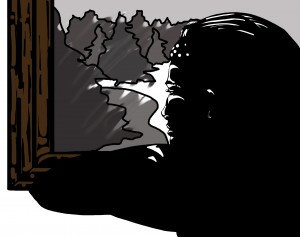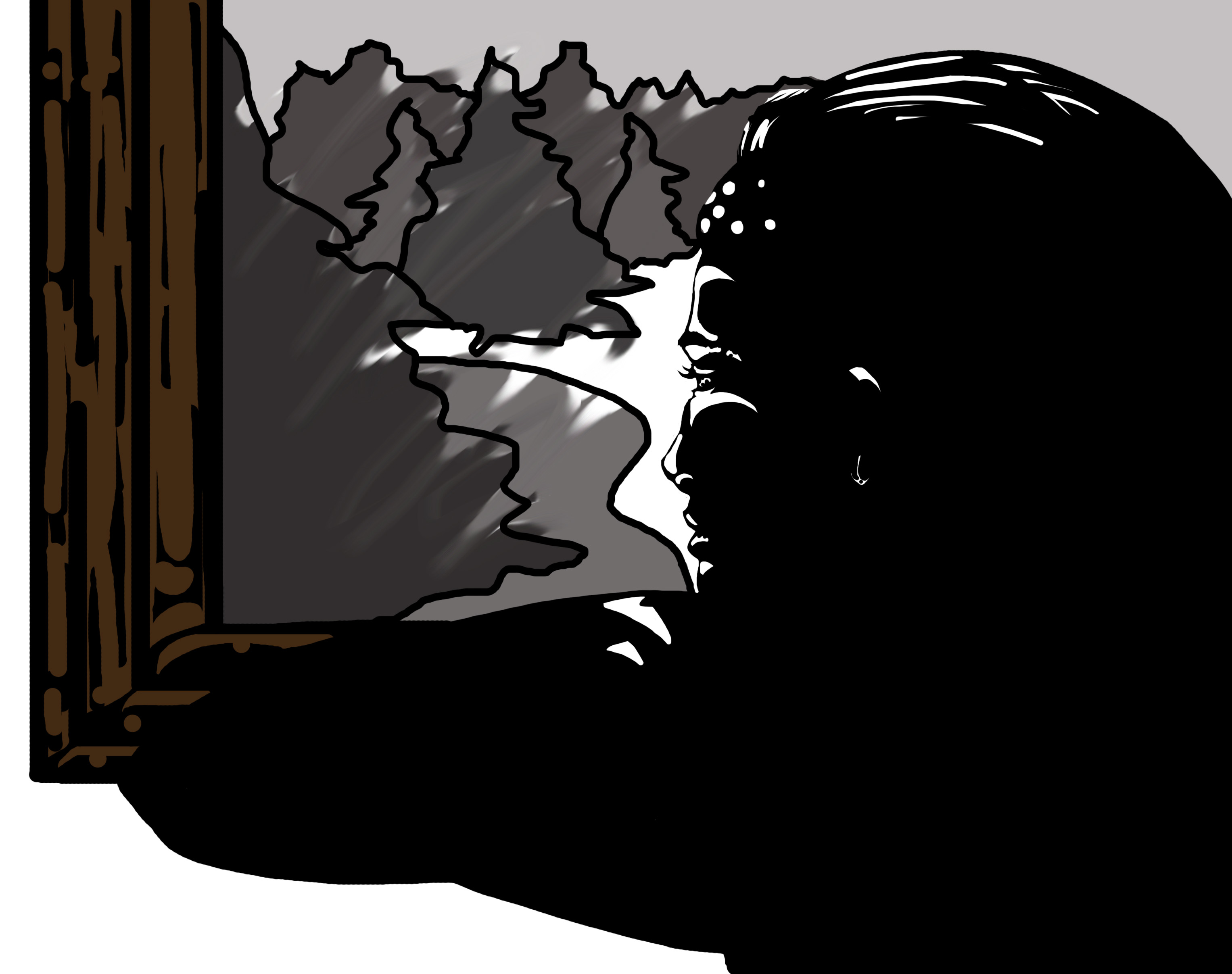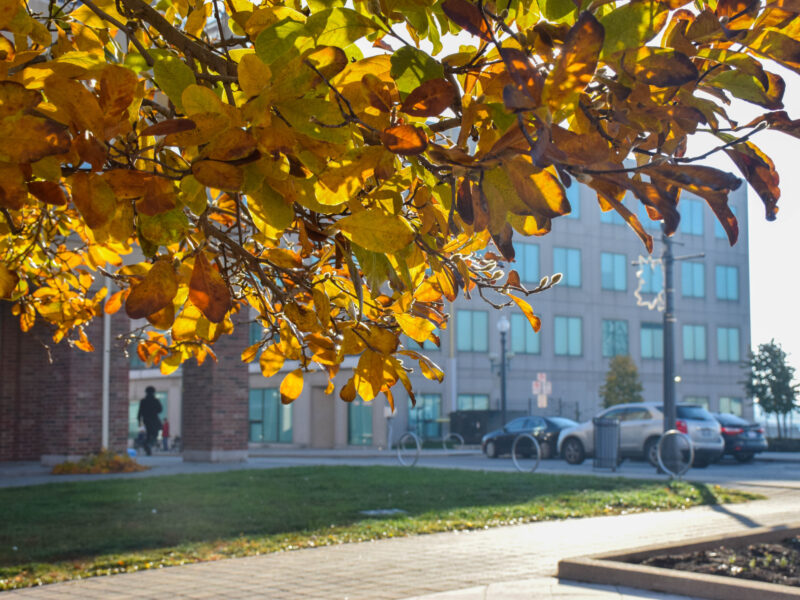Many students find themselves buried in stress as exams and the threat of paying off sky-high holiday bills become ever-closer. This could just be stress, or, to some who may not know, this may be the beginning of seasonal depression.

Seasonal affective disorder, also known as SAD, is a type of depression that affects people during the same season each year.
Five students from different universities within Ontario were interviewed about SAD, and 3 out 5 did not know this disorder existed. Common symptoms include fatigue, lack of interest in normal activities, social withdrawal, craving foods with high carbohydrates and eventual weight gain. Depression is a common, but serious, mental illness amplifying the feeling of being sad or anxious.
Anyone can get this disorder that usually begins during the winter months and lifts when the weather gets warmer. It is most common with women, young adults, people who have close relatives with SAD, people who live in an area where winter days are very short or those who live where there are big changes in the amount of daylight in different seasons.
“We do live in Canada,” explained Maria Shaikh from McMaster University as she further explained how some days from the end of November onward can be “dark and gloomy and gross.”
Although experts are not sure what causes SAD, it is believed to relate to a biochemical imbalance in the brain resulting from shorter daylight hours.
“I guess stress around exam time when the holidays begin and you want to be home with your family can be a factor,” suggested Christopher Chiu, a student of Western University.
Lack of sunlight may affect your sleep-wake cycle, causing a shift in daily routines and changes with mood. Melatonin, a sleep-related hormone, has been associated with SAD as this hormone is produced at increased levels in the dark. According to the American Psychiatric Association, “researchers have proved that bright light makes a different to the brain chemistry.”
Students have many solutions for the feelings associated with SAD. “Being around people you love,” suggested Priya Mehta from University of Waterloo, or in “a room full of puppies,” said Michael Gobind from Ryerson University.
Exposure to light is the leading answer to improving symptoms of SAD. This can include activities outside, working by a window or even light therapy, also known as phototherapy. Light therapy, exposure from a very bright light (usually from a special fluorescent lamp), is required for a time period throughout the winter day, additional therapy for severe SAD can involve psychotherapy sessions and prescription.
“You’re so focused on your schoolwork and everything around you that you don’t really notice the weather has an effect on you. You have those days when you feel dreary; you just don’t want to do anything,” explained Sheree Nicholson from Wilfrid Laurier University.
Student living can be busy and tough to manage; seasonal affective disorder is a serious matter if disregarded, it can be a struggle to correct and can affect a person severely in the long run. “Many people may see these symptoms and not realize it’s a disorder,” Mehta explains, as there could be more awareness of this condition among the student population.




